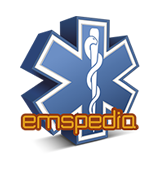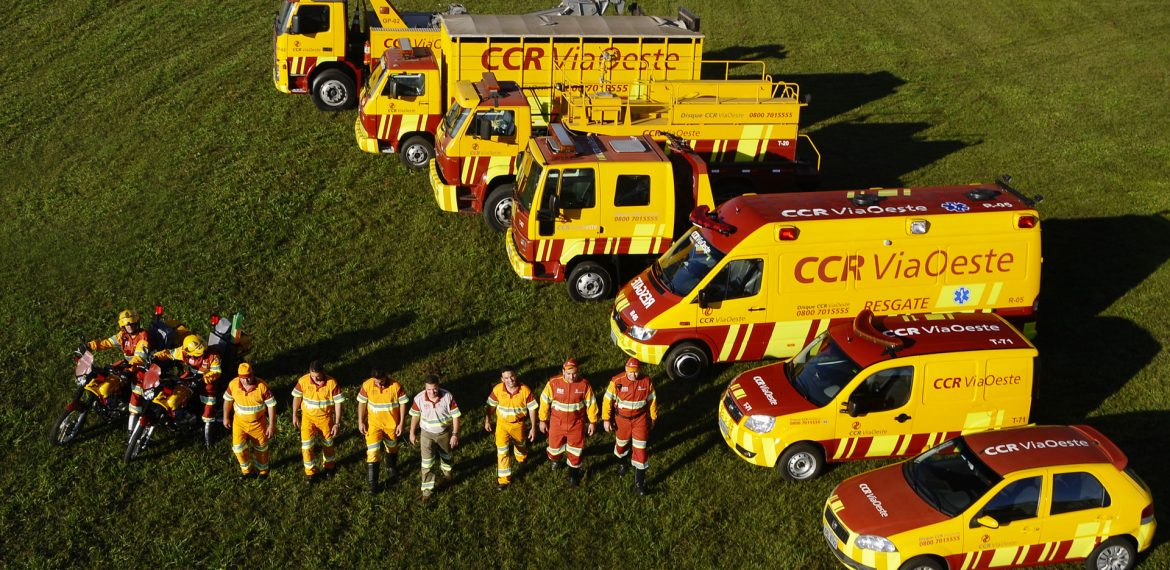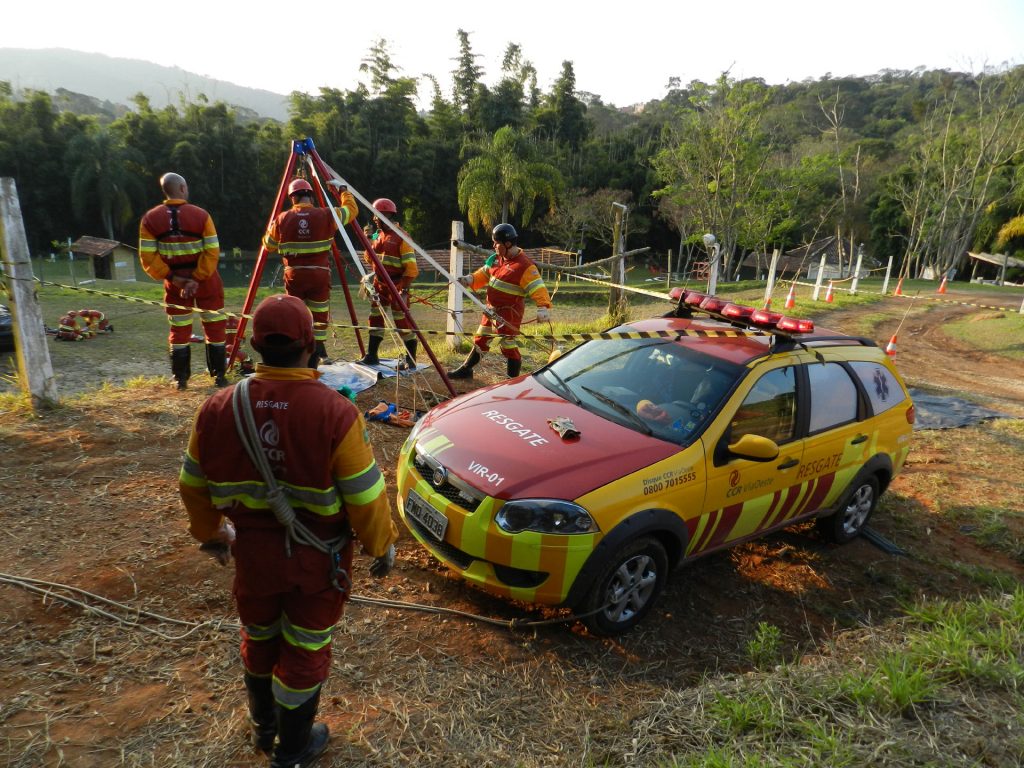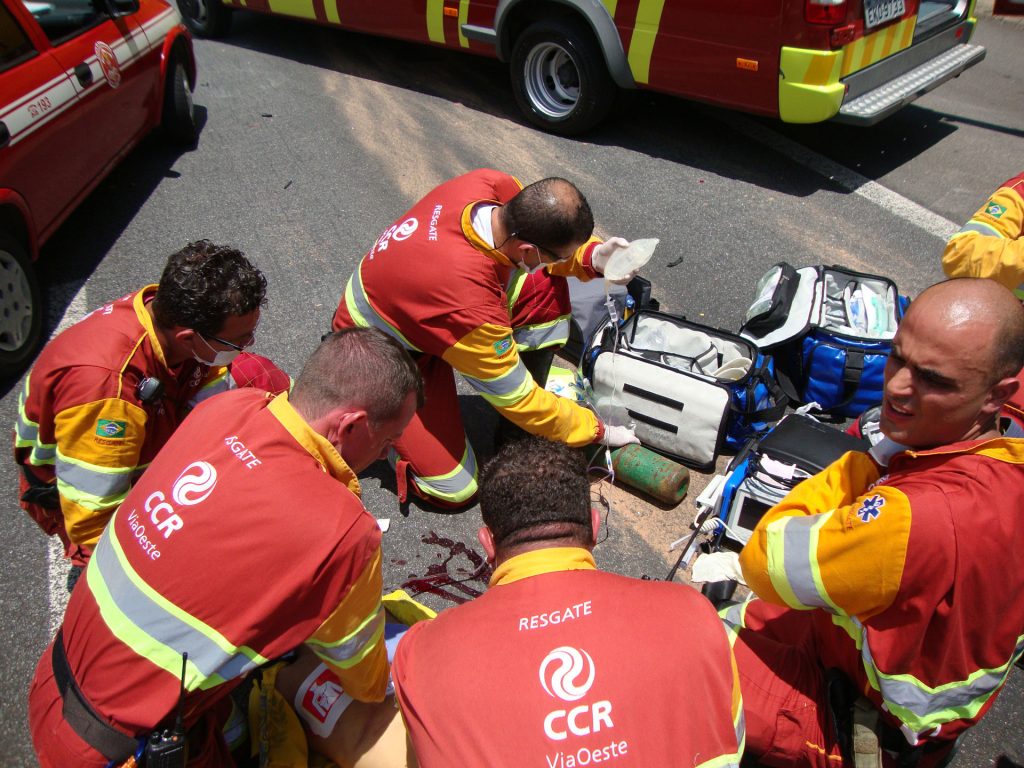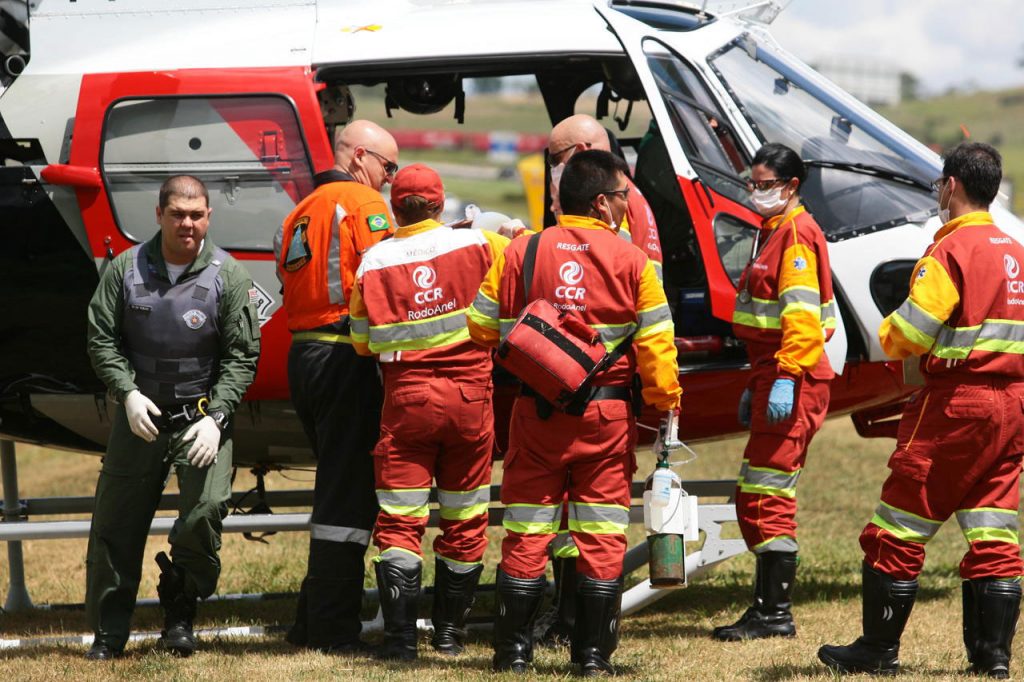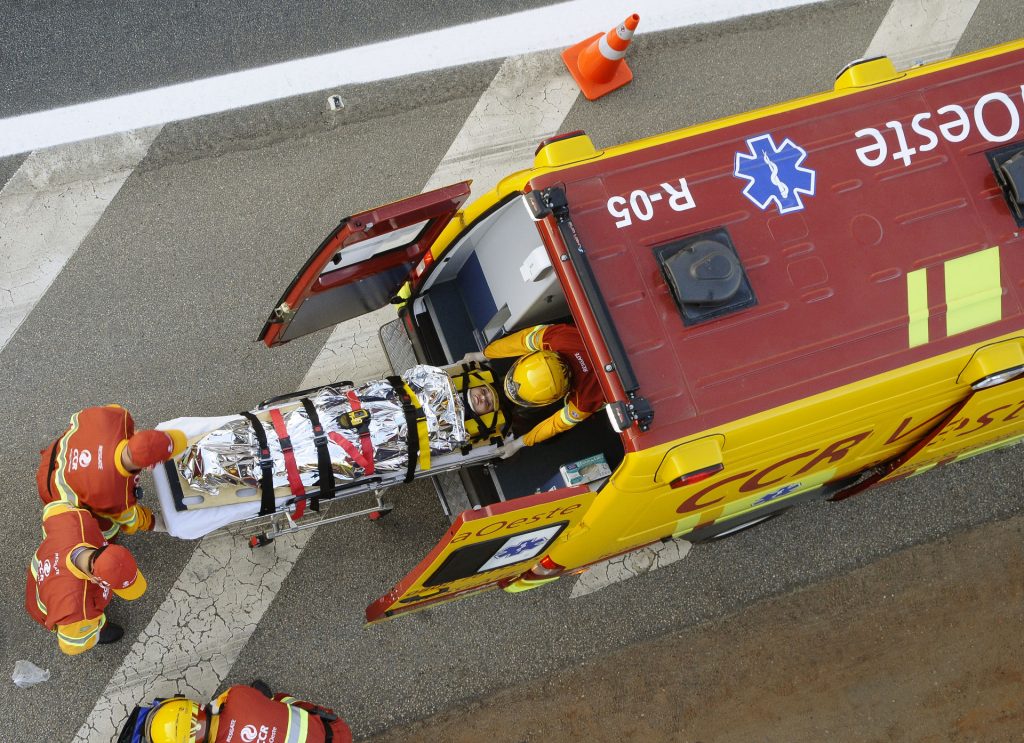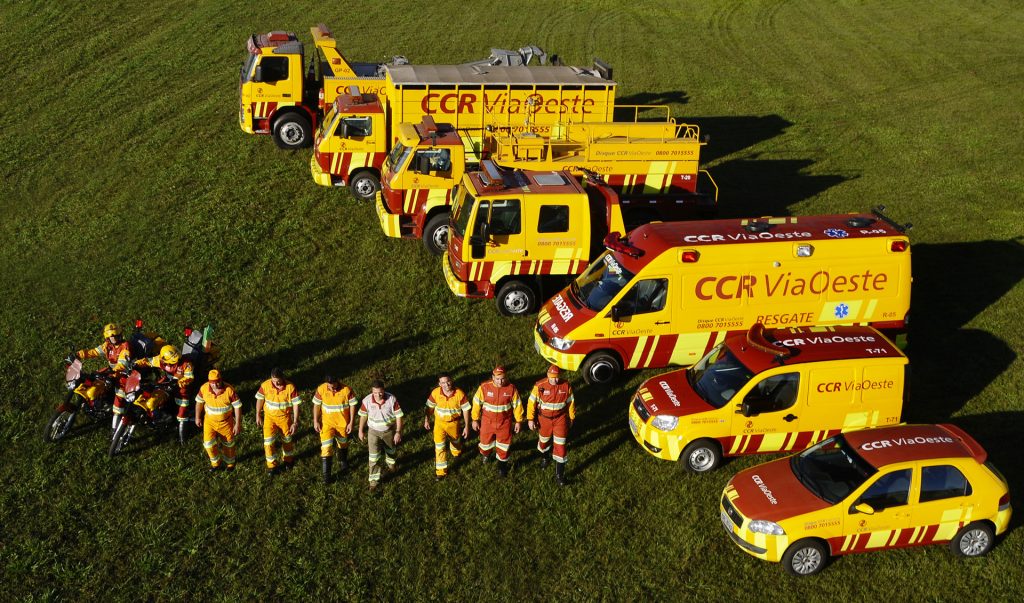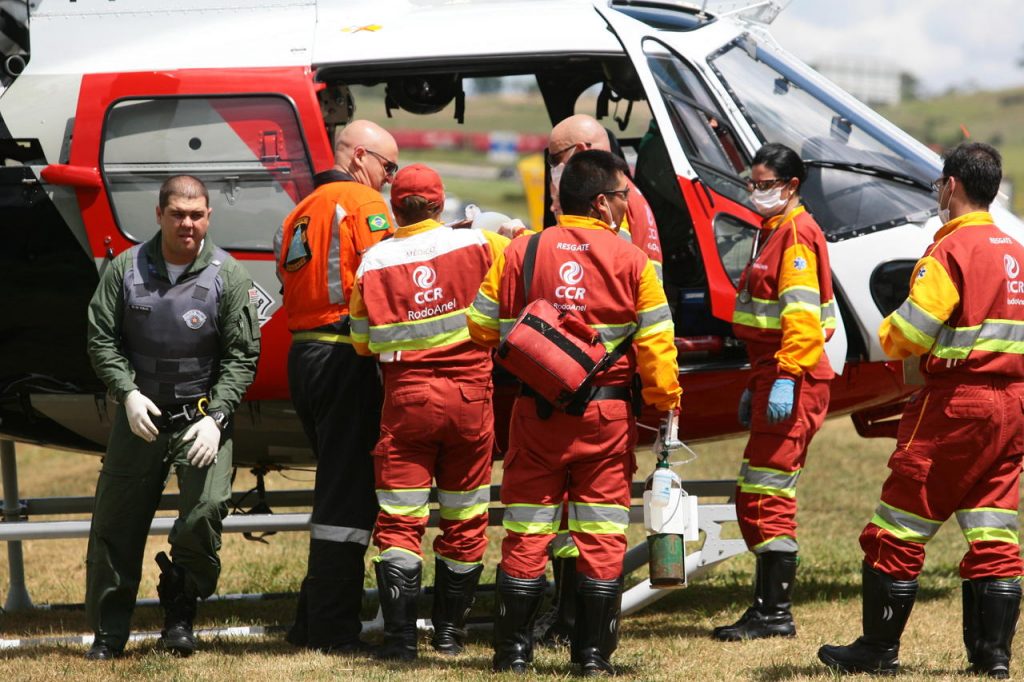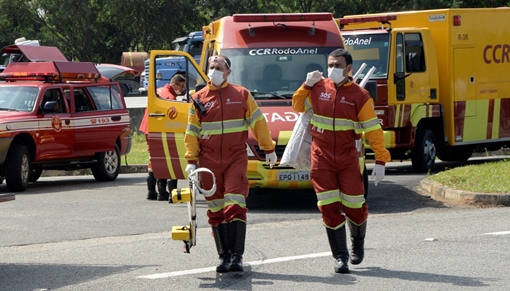Telemedicine is one of the most important promises in near future for millions of patients to achieve a better health condition.
In Brazil there is still some misconception about telemedicine not only among healthy people but even among doctors and other health professionals.
For some cultural reasons it remains the idea that doctors can watch the patient with a smartphone or a monitor. Although, the artificial intelligence can be an essential part of this complex process between patient and doctors.
It´s not clear for many people that continuous register of patient´s vital signs may offer a valuable condition for choosing best practices in clinical triage and out-of-hospital assistance.
Nowadays, the Brazilian Federal Council of Medicine do not allow the teleassistance between doctors and patients except in emergency cases. We have recently conducted an interesting telepresence project related to trauma patients transported by ambulance during one year. All trauma cases had a second opinion from telemedicine doctors based in a hospital. As a result, we could confirm the more accuracy of therapy in pre hospital scenario with telemedicine program included. We can discuss the more detailed aspects of this study in another article.
The high prevalence of traffic accidents on Brazilian highways is associated with a high social cost. It is estimated that this cost can reach 40 billion Brazilian reais in 2014. The high mortality associated with automotive crashes is corroborated in the most recent surveys of the Department of Information Technology of National Health Department (DATASUS). By 2014, approximately 43,000 people died in traffic accidents.
The growing concern about the high prevalence of traffic accidents is associated with the increase in the national fleet of motor vehicles. Brazil ranks fourth in the world fleet of vehicles and light commercial vehicles since 2010. However, there was a reduction of the fleet from 2013, and a downward trend in 2014.
Prehospital care may be a key resource in reducing the mortality of trauma patients. This can be corroborated in large-scale prospective studies on the impact on mortality in patients with closed abdominal trauma. Another important resource to reduce mortality is the prevention of motor vehicle accidents. The relevance of preventive programs and trauma patient assistance is due to the alarming number of deaths associated with this type of event. According to data from the World Health Organization, it is the leading cause of death in people under the age of 45.5
The rapid development of remotely applied technologies may represent new opportunities for telemedicine care. This type of modality was studied in remote environments or whose direct and scarce medical care represents a challenge in public health policies.
The implementation of a telemedicine system may be a great opportunity of breakthrough in prehospital care especially during critical decisions made by doctors in ambulances. A teleconsultation system characterized by the transmission and archiving of data from a mobile unit, such as an ambulance, requires favorable conditions of connectivity, safety transmission of data on the patient’s health conditions, as well as the data file in a repository. In addition, it should allow for the integration of data through software and assist in the decision on physician-oriented conduct during patient care in remote areas.
The systematization of prehospital hospital care may be associated with a lower probability of occurrence of secondary trauma and, consequently, permanent sequelae during the first care and transport of trauma patients.
Author: Dr. Marcelo Okamura – Medical coordinator for the Pre-Hospital service (APH) for CCR ViaOeste
